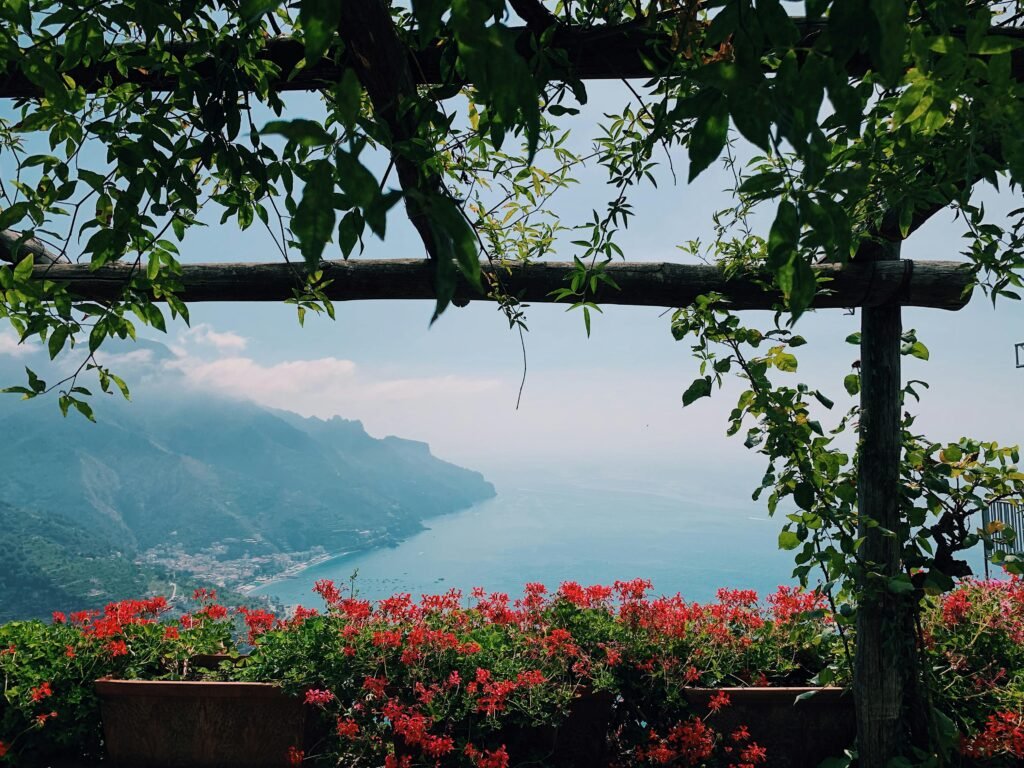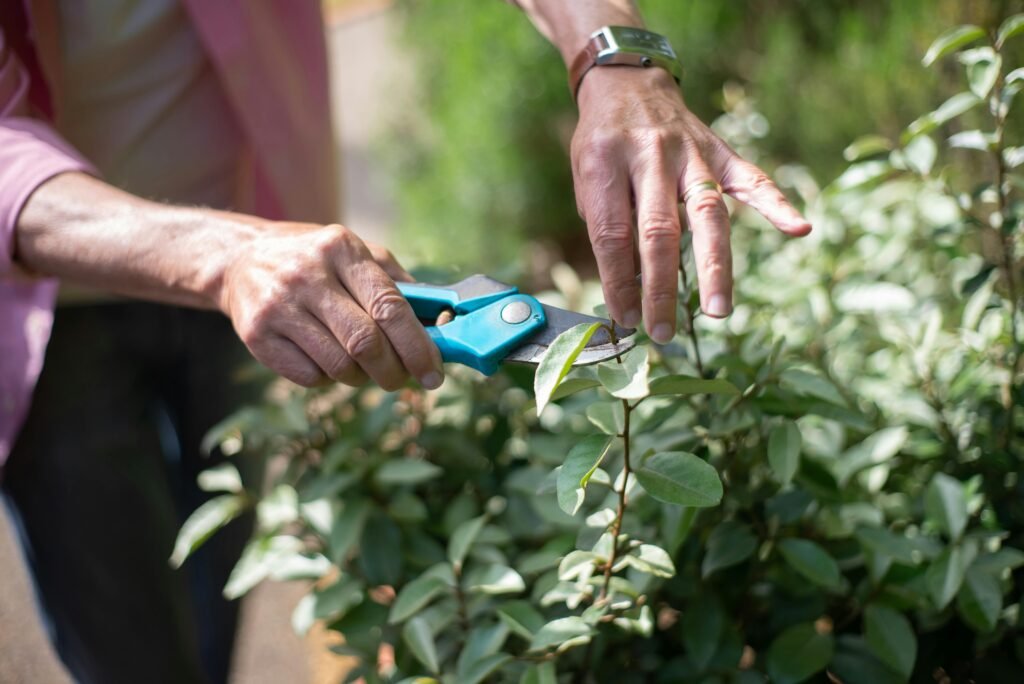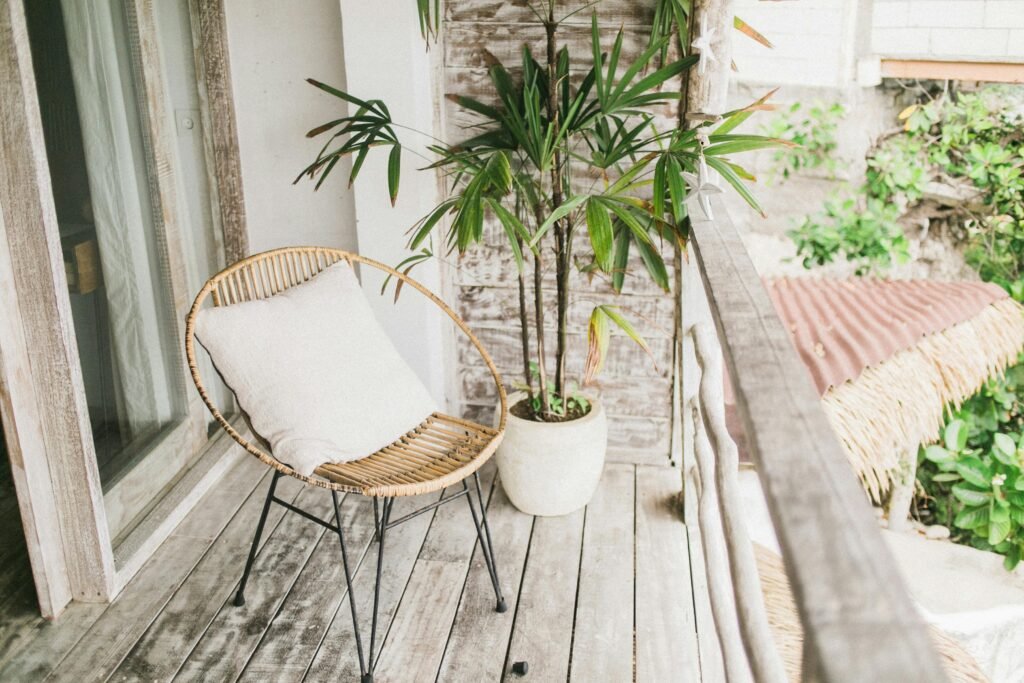Bringing greenery into your living space is one of the simplest yet most impactful ways to boost your home’s style and your own well-being. Plants add color, texture, and life to any room, making it feel more welcoming and vibrant. But if you’ve ever felt like you have a “black thumb” or aren’t sure which plants will actually survive indoors, finding the Best Plants for Indoors might seem overwhelming.
The good news is that there’s a perfect plant out there for everyone and every home environment! Whether you have sunny windowsills or shady corners, a busy schedule, or curious pets, this guide will help you discover the Best Plants for Indoors that are right for you. We’ll cover the benefits of indoor greenery, factors to consider when choosing, and introduce you to some top recommendations that are beautiful, rewarding, and relatively easy to care for.
Get ready to transform your home with the power of plants. Let’s explore the Best Plants for Indoors that can add beauty, improve air quality, and bring a little piece of nature inside!

Why Bring the Outdoors In? The Benefits of the Best Plants for Indoors
Beyond just looking pretty, the Best Plants for Indoors offer numerous advantages for your home and your health:
- Boost Interior Decor: Plants add natural beauty, texture, and color. They can fill empty corners, brighten up shelves, and act as living art pieces. They make a house feel more like a home.
- Improve Air Quality: Plants naturally filter toxins from the air, helping to create a healthier indoor environment. While you’d need a lot of plants for a significant impact, every little bit helps!
- Enhance Well-being: Studies show that being around plants can reduce stress levels, improve mood, and even increase productivity and focus. They bring a sense of calm and connection to nature.
- Add Humidity: Plants release moisture into the air, which can be beneficial, especially in dry indoor environments during winter months.
- Noise Reduction: Larger, leafy plants can help absorb sound, contributing to a quieter, more peaceful home.
Adding the Best Plants for Indoors to your home is an investment in both aesthetics and atmosphere.
Choosing the Best Plants for Indoors: Factors to Consider
Finding the right plant isn’t about luck; it’s about matching a plant’s needs to your home’s conditions and your lifestyle. When selecting the Best Plants for Indoors, keep these factors in mind:
Light Conditions
This is arguably the most important factor. Observe your home throughout the day.
- Low Light: Areas far from windows, north-facing windows (in the Northern Hemisphere).
- Medium Light: A few feet away from bright windows, east or west-facing windows.
- Bright Indirect Light: Near a south-facing window but slightly away or filtered by a sheer curtain. Direct sun can burn many indoor plants.
Be honest about the light you can provide. Many Best Plants for Indoors lists feature options for various light levels.
Watering Needs
Some plants need frequent watering, while others prefer their soil to dry out completely between waterings.
- Drought-Tolerant: Ideal for busy people or those who forget to water.
- Regular Watering: Need consistently moist soil.
It’s often easier to underwater most indoor plants than to overwater them, which can lead to root rot.
Size and Space
Consider how large the plant will get and where you plan to put it. A large Fiddle Leaf Fig needs floor space, while a small Pothos can hang or trail from a shelf.
Pet Safety
This is crucial for pet owners. Many common houseplants are toxic to cats and dogs if ingested, causing symptoms ranging from mild digestive upset to severe reactions. Always research a plant’s toxicity before bringing it into a home with pets. We’ll highlight some pet-friendly options below.
Your Experience Level
Some plants are more forgiving of mistakes than others. If you’re a beginner, start with known easy-care varieties to build your confidence.
By considering these factors, you can narrow down the options and find the Best Plants for Indoors that are most likely to thrive in your care.
Our Picks for the Best Plants for Indoors
Based on ease of care, popularity, and suitability for different home environments, here are some top contenders for the title of Best Plants for Indoors, broken down by category:
Best Plants for Indoors for Beginners (Tough to Kill!)
These plants are forgiving and can tolerate a missed watering or less-than-ideal conditions.
- Snake Plant (Sansevieria): Striking architectural leaves. Tolerates low light and infrequent watering. Pet Safety: Mildly toxic if ingested.
- ZZ Plant (Zamioculcas zamiifolia): Waxy, dark green leaves. Extremely drought-tolerant and thrives in low light. Pet Safety: Toxic if ingested.
- Spider Plant (Chlorophytum comosum): Easy to recognize with arching leaves and “spiderettes.” Tolerates various conditions and is easy to propagate. Pet Safety: Non-toxic!
- Pothos (Epipremnum aureum): Trailing vines with heart-shaped leaves (many varieties). Very adaptable to different light levels and forgiving with watering. Pet Safety: Toxic if ingested.
- Cast Iron Plant (Aspidistra elatior): Lives up to its name – incredibly tough. Tolerates deep shade and neglect. Pet Safety: Non-toxic!
Best Plants for Indoors for Low Light
Even dimly lit rooms can host thriving greenery!
- Snake Plant (Sansevieria): (Listed above – truly versatile!)
- ZZ Plant (Zamioculcas zamiifolia): (Listed above – another low-light champ!)
- Cast Iron Plant (Aspidistra elatior): (Listed above – loves the shade!)
- Peace Lily (Spathiphyllum): Elegant white “flowers” (modified leaves). Prefers consistent moisture but will dramatically droop when thirsty (and perk up quickly after watering). Tolerates low to medium indirect light. Pet Safety: Toxic if ingested.
- Parlor Palm (Chamaedorea elegans): Graceful, feathery fronds. Does well in low to medium indirect light and adds a tropical touch. Pet Safety: Non-toxic!
Best Plants for Indoors for Pet Owners (Safe Choices!)
Creating a green oasis doesn’t mean compromising your pet’s safety. These are generally considered non-toxic by organizations like the ASPCA, making them some of the Best Plants for Indoors for homes with curious cats and dogs.
- Spider Plant (Chlorophytum comosum): (Listed above – easy and safe!)
- Parlor Palm (Chamaedorea elegans): (Listed above – shade tolerant and safe!)
- Calathea (Peacock Plant, Prayer Plant, etc.): Known for their stunning patterned leaves, many species are pet-friendly and prefer medium indirect light and high humidity. Pet Safety: Non-toxic!
- Boston Fern (Nephrolepis exaltata): Lush, feathery ferns that love humidity. Need medium to bright indirect light and consistent moisture. Pet Safety: Non-toxic!
- Prayer Plant (Maranta leuconeura): Unique leaves that fold up at night like praying hands. Needs medium indirect light and high humidity. Pet Safety: Non-toxic!
Important Note on Pet Safety: While these plants are generally considered non-toxic, any plant material ingested in large quantities can potentially cause stomach upset. It’s always best to discourage pets from chewing on plants and consult with your veterinarian if you have concerns. Plant toxicity can also vary slightly depending on the source and specific variety. Always verify with a trusted source like the ASPCA’s toxic and non-toxic plant list.
Statement Best Plants for Indoors (Larger & Eye-Catching)
These plants command attention and can become a focal point in a room.
- Fiddle Leaf Fig (Ficus lyrata): Very popular, with large, violin-shaped leaves. Needs bright indirect light and consistent care – can be finicky! Pet Safety: Toxic if ingested.
- Monstera Deliciosa (Swiss Cheese Plant): Known for its large, iconic split leaves. Needs bright indirect light and moderate watering. Pet Safety: Toxic if ingested.
- Bird of Paradise (Strelitzia reginae): Large, dramatic leaves resembling a bird’s head. Needs bright light and consistent watering to potentially flower indoors. Can grow quite large. Pet Safety: Toxic if ingested.
Choosing the Best Plants for Indoors often involves selecting a few favorites from these categories that match your specific home conditions and safety needs.
Basic Care Tips for Your Best Plants for Indoors
Once you’ve brought your new green friends home, follow these basic care guidelines to help them thrive:
Watering Correctly
- Don’t water on a schedule; water when the soil tells you to. Stick your finger about an inch or two into the soil. If it feels dry, it’s time to water. If it’s still moist, wait.
- When you water, water thoroughly until water drains from the bottom of the pot. Discard excess water in the saucer so the plant isn’t sitting in water.
Light Placement
- Place plants according to their light needs (low, medium, bright indirect). Rotate plants occasionally to encourage even growth.
Humidity Needs
- Many tropical plants prefer higher humidity than found in average homes. You can increase humidity by misting regularly, using a pebble tray (a tray with pebbles and water beneath the pot), or grouping plants together.
Fertilizing
- Feed your plants during their growing season (typically spring and summer) with a balanced liquid fertilizer diluted to half strength. Don’t fertilize in the fall or winter when most plants are dormant.
Repotting
- Plants usually need repotting every 1-2 years into a slightly larger pot when they become root-bound (roots are circling the bottom of the pot). Use fresh potting mix.
Cleaning Leaves
- Wipe dust off large leaves with a damp cloth. This helps the plant photosynthesize efficiently.
These simple steps, combined with choosing the Best Plants for Indoors for your conditions, will set you up for success.

Where to Buy the Best Plants for Indoors
You can find indoor plants in many places:
- Local Nurseries and Garden Centers: Offer a wide selection and knowledgeable staff.
- Big Box Stores (Home Depot, Lowe’s, etc.): Convenient and often have competitive prices, though plant selection and care quality can vary.
- Grocery Stores and Supermarkets: Good for common, easy-care varieties.
- Online Plant Shops: Companies specializing in shipping plants directly to your door (like The Sill, Bloomscape) often have a curated selection and excellent resources. Amazon also sells plants.
When buying, look for plants with vibrant color, healthy leaves (no yellowing or brown spots), and no signs of pests.
Conclusion
Adding plants to your indoor space is a rewarding endeavor that enhances beauty, promotes well-being, and connects you with nature. By understanding your home’s conditions and considering factors like light, water needs, and especially pet safety, you can confidently choose the Best Plants for Indoors that are perfect for your lifestyle.
Whether you start with an easy-care Snake Plant, a low-light ZZ Plant, a pet-friendly Spider Plant, or branch out to a statement Monstera, each plant brings its unique charm. With a little basic care, these green companions will thrive, bringing fresh air, vibrant color, and a sense of calm to your home.
So, go ahead – pick your favorites from the Best Plants for Indoors list, bring them home, and enjoy the transformation they bring to your living space!


